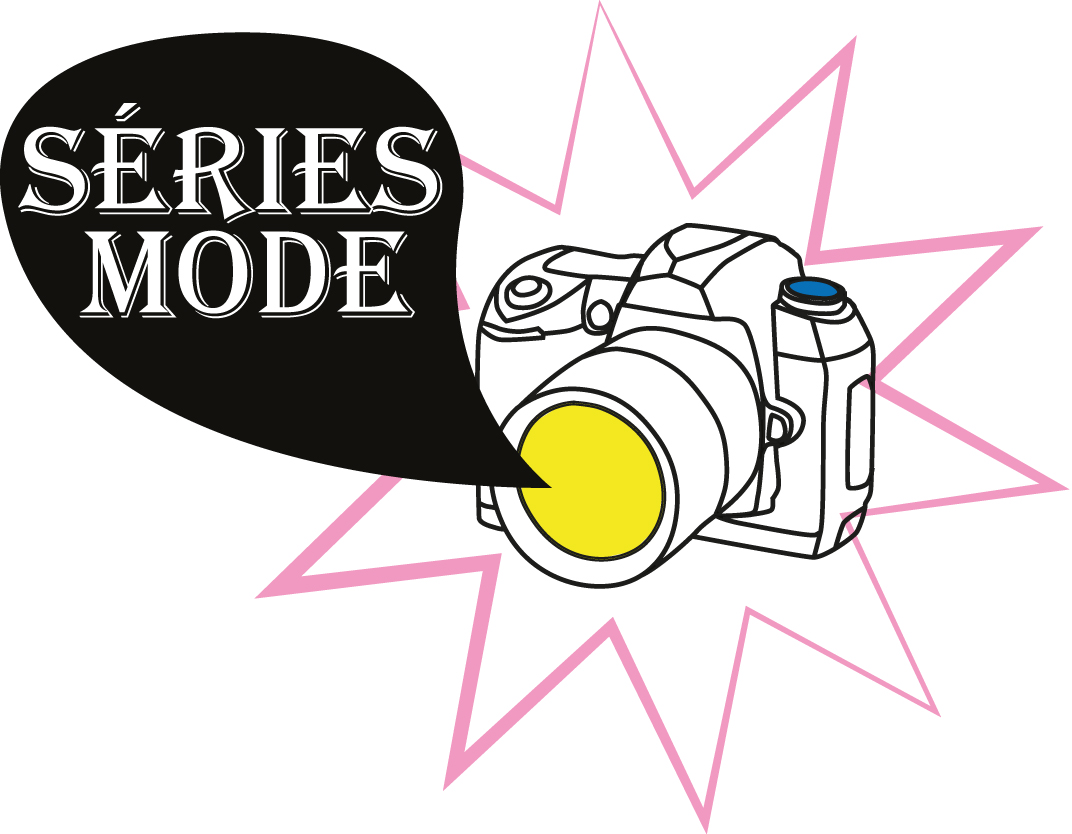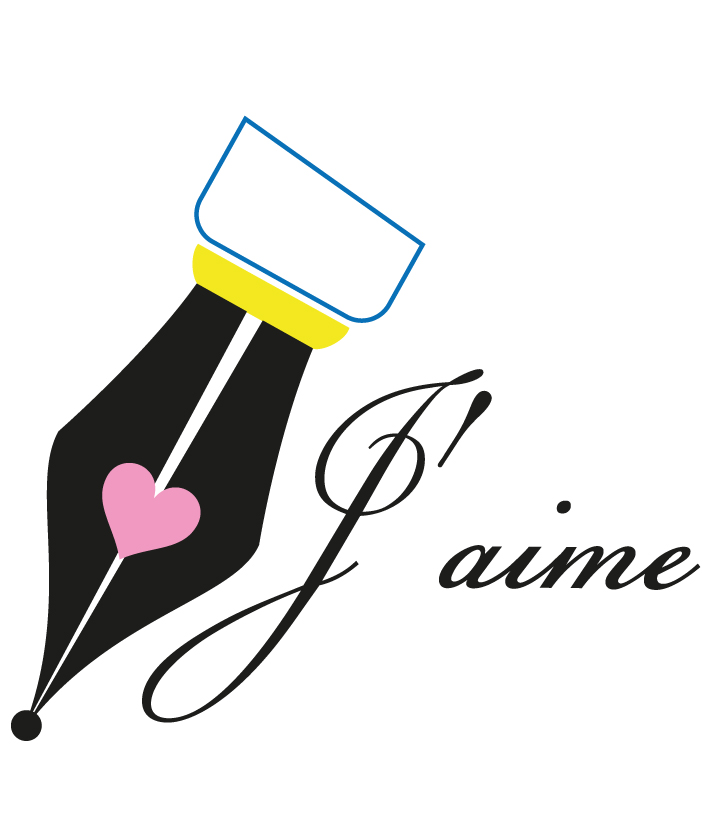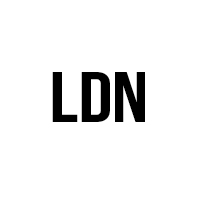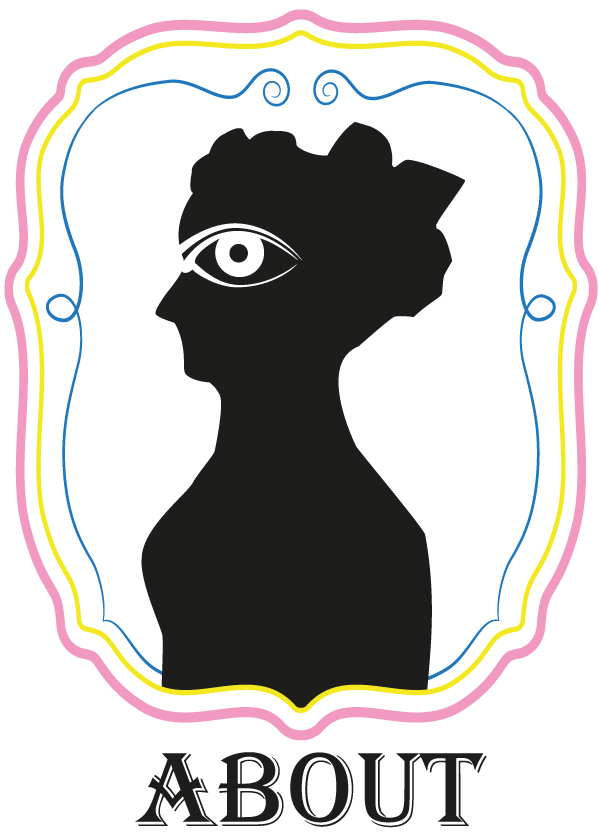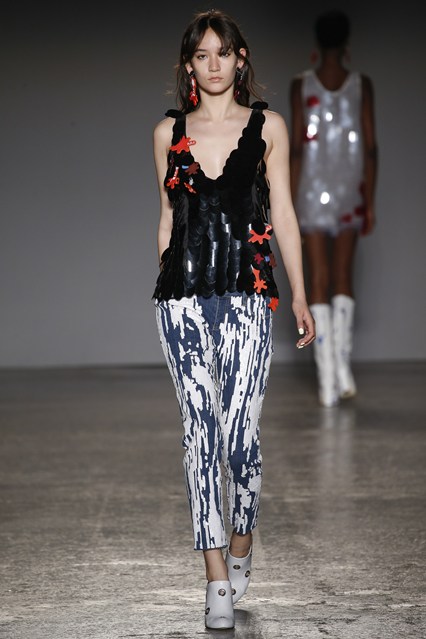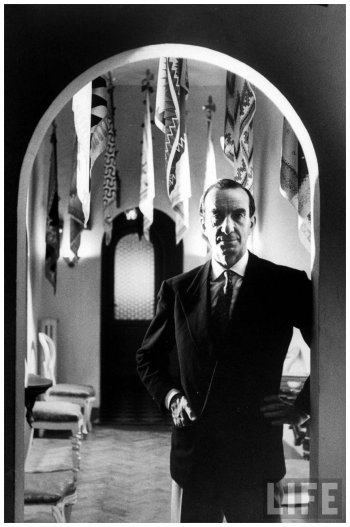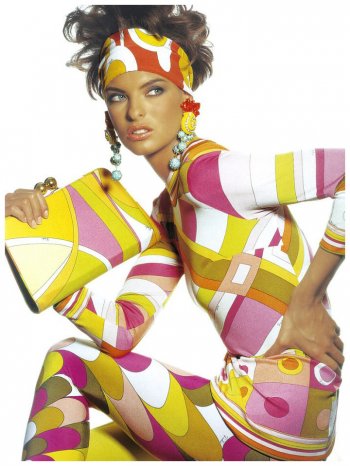Picture 1,2,3: silhouettes from the Zodiac Collection, Pucci, Fall/Winter 2015.
They are directly influenced by Op Art (Optical Art), a form of abstract art based on optical illusions; mostly in black and white but also in primary colours. Geometric black and white patterns create the feeling of a warping movement and fool the eye of a viewer.
Op art & Fashion in the sixties
Led by Bridget Riley and Victor Vasarely, it had a considerable impact in the sixties, a decade of social and economical changes marked by the beginning of mass consumption. It completely fitted to the hallucinogenic mood of the sixties and the space conquest aesthetic.
The pinnacle of the movement’s success appeared in the mid-sixties. The term of Optical Art has been coined for the first time in 1964 in a Time Magazine article. It then achieved public recognition in 1965 with “The Responsive Eye” exhibition featured at the MOMA in New York, where 99 artists presented their work. As a consequence, Op Art went global. It began appearing in print graphics, fashion design, interior decoration. Fashion designers took their inspiration from Op and Pop art (two different movements) and experimented with abstract patterns (chequerboard, stripes, dots).
Op Art had an unprecedented commercial success which may have lead to its decline. It had faded by the end of the sixties. Its adoption by a mass market (“trickle across theory”) has been made possible through the development of media and ready-to-wear collections.
